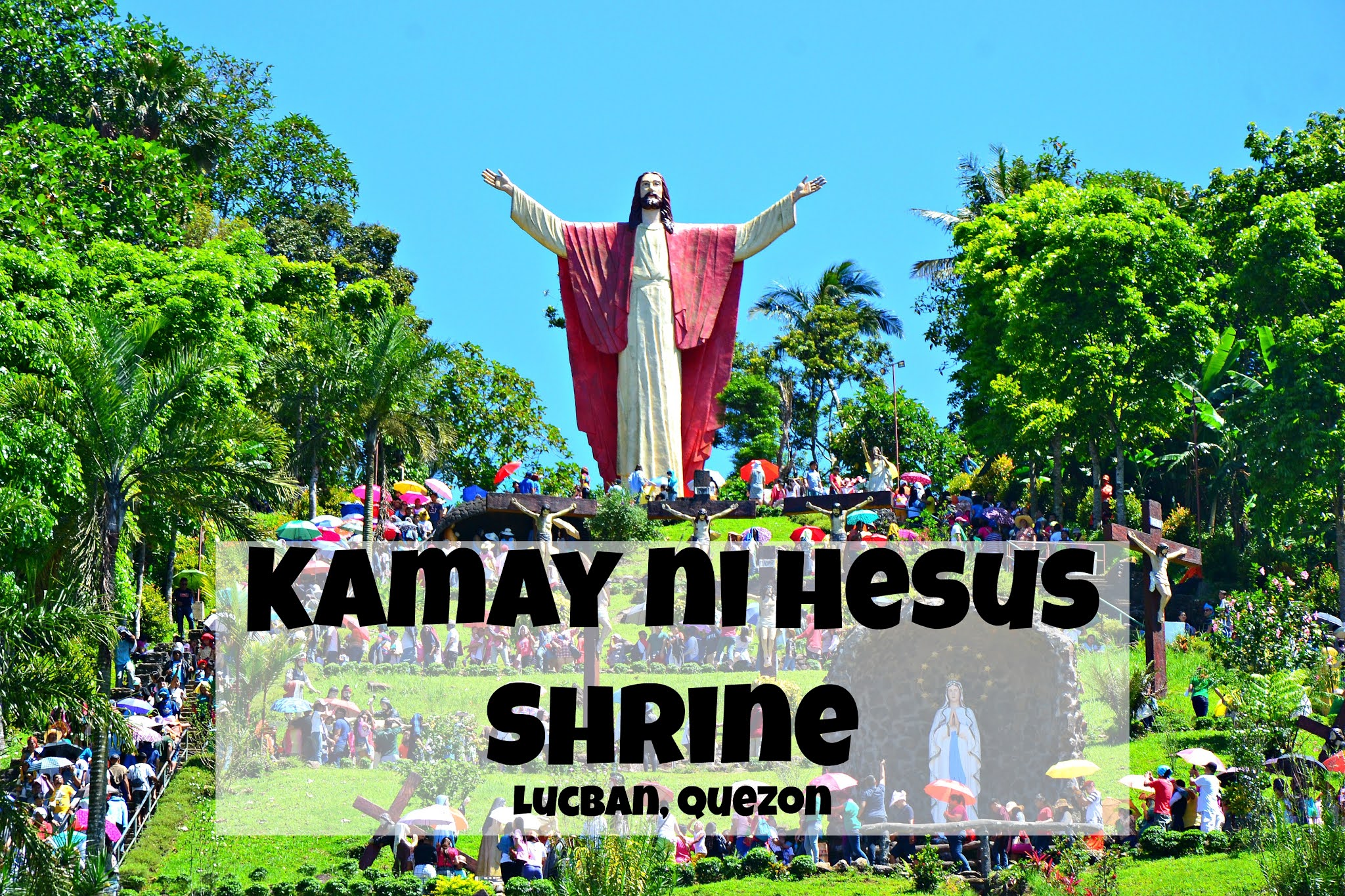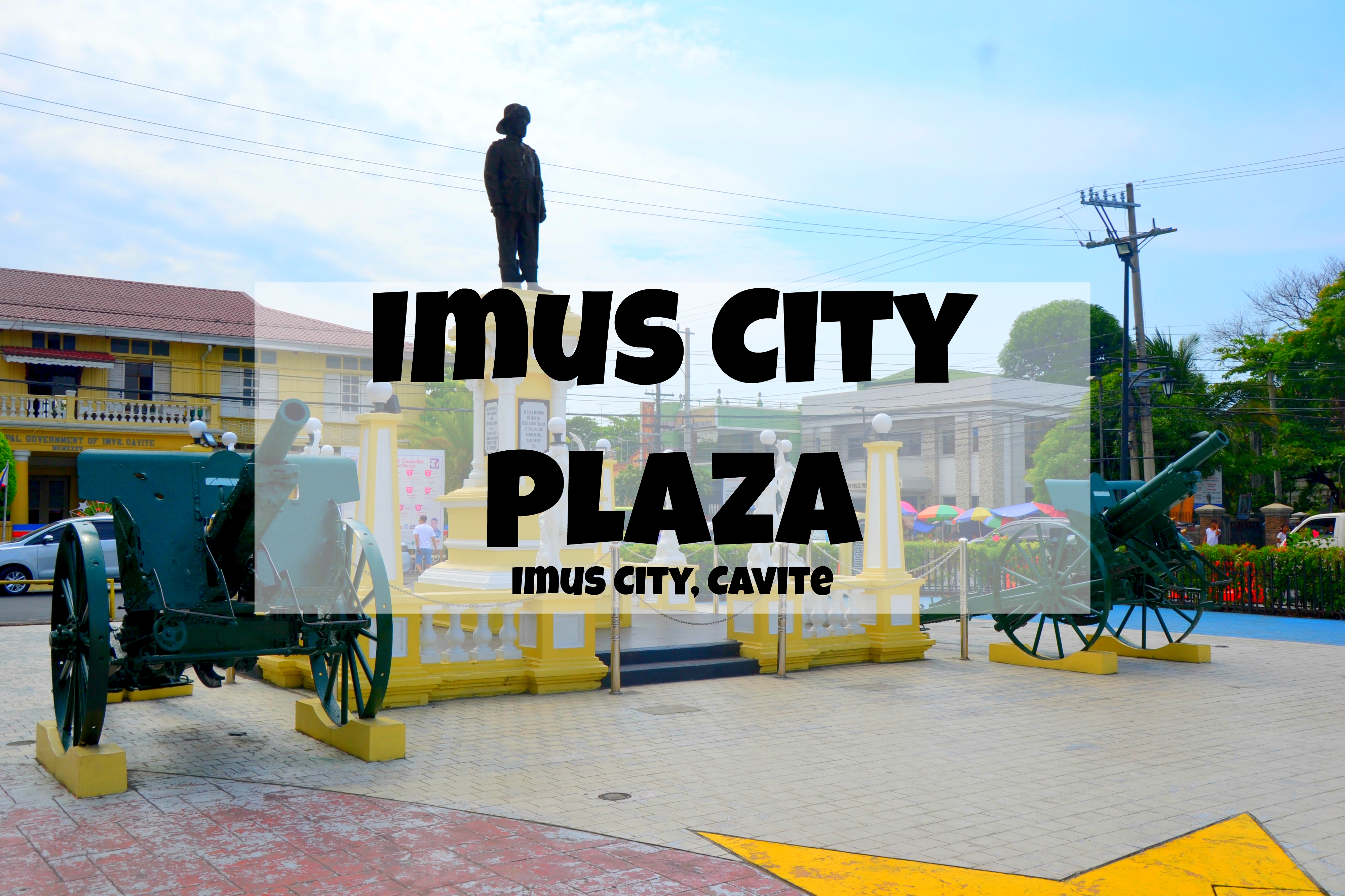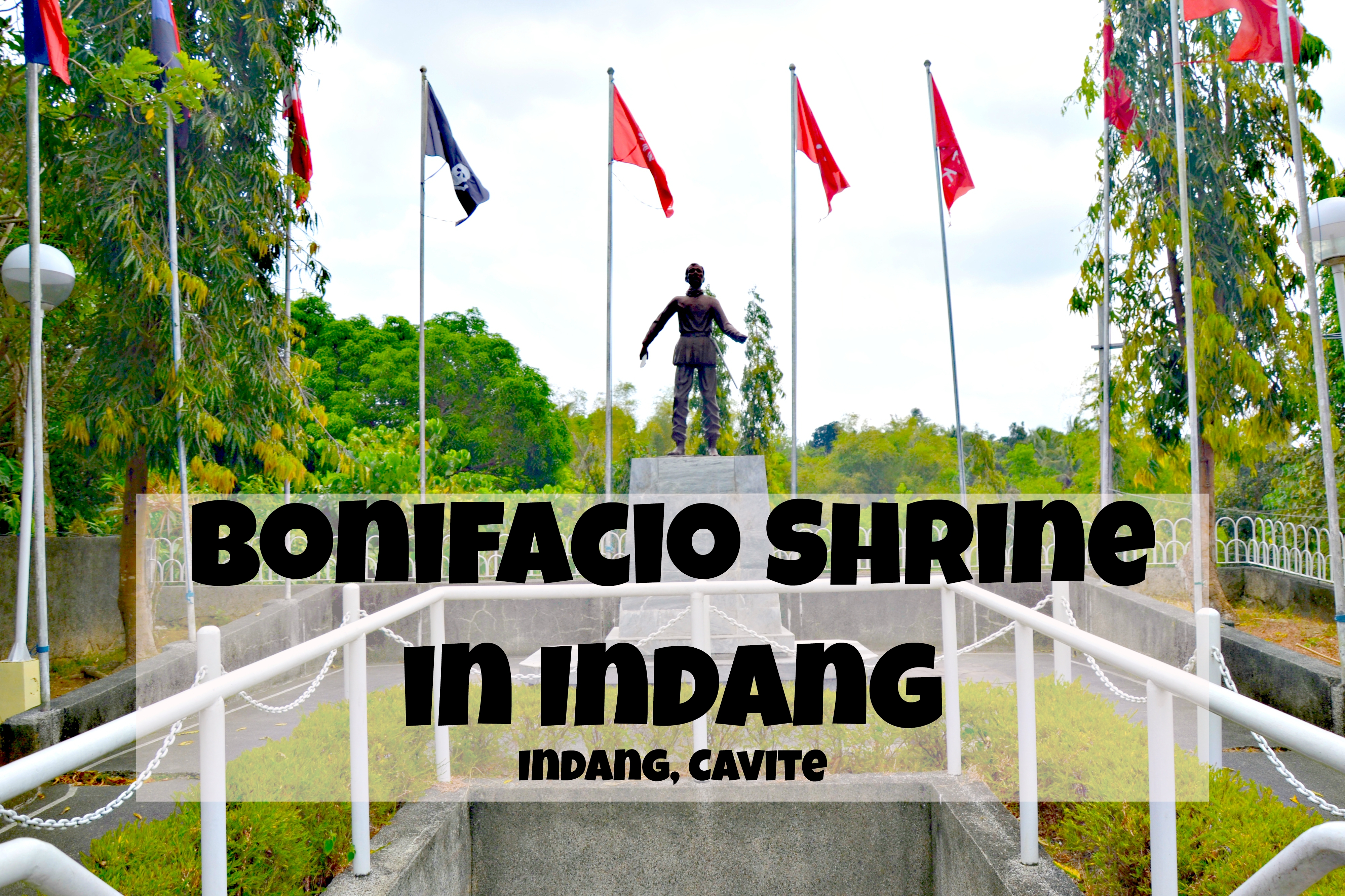Daisen Kofun, also known as Daisenryo Kofun (大仙陵古墳) is one of the largest ancient burial mounds in Japan. It is located at 1079-1 Daisencho, Sakai Ward, Sakai City, Osaka Prefecture, Japan.
 |
| Daisen Kofun / Daisenryo Kofun |
Daisen Kofun details
Daisen Kofun is believed to be the tomb of Emperor Nintoku, who reigned during the early 5th century. The term "kofun" translates to "old mound" in Japanese, and these structures were typically built for members of the ruling elite during the Kofun period (3rd to 7th centuries AD). Daisen Kofun is particularly notable for its size and the sophistication of its construction. It is a key archaeological site, offering valuable insights into ancient Japanese burial practices and the society of that era.
 |
| Daisen Kofun - Sakai City, Osaka Prefecture |
Stretching approximately 486 meters in total length, with a commanding height of about 35.8 meters, and a front section spanning roughly 307 meters wide, Daisen Kofun stands as a majestic symbol of Japan's ancient burial practices. Its unique design features a rectangular front complemented by a circular rear section, measuring about 249 meters in diameter, creating a striking silhouette against the sky.
 |
| The map of the area showing the Mozu Tombs |
 |
| The Daisen Kofun info board |
Revered as the final resting place of Emperor Nintoku, the 16th ruler of Japan, Daisen Kofun holds profound significance in the country's imperial history. Designated as the Imperial mausoleum by the Imperial Household Agency, this sacred site is steeped in myth and legend, immortalizing the legacy of a revered monarch.
 |
| Daisen Park Information Centre |
 |
| You can find plenty of informative things inside the information center |
 |
| A mini replica of the Daisen Kofun |
 |
| You can also buy souvenirs here |
Constructed with meticulous craftsmanship, the mound boasts three levels and distinctive overhangs on its left and right flanks, adding to its grandeur and architectural complexity. Surrounding the kofun are three moats, each contributing to the site's mystical allure. While the outer moat underwent re-excavation during the Meiji period, it remains an integral part of the Kofun's enchanting landscape.
 |
| A replica of the Mozu Tombs outside the center |
 |
| 仁徳陵・陪家の復原模型 |
 |
| The moat of Daisen Kofun |
 |
| The torii gate of Daisen Kofun |
 |
| A signboard from the Imperial Household Agency |
In 1872, an extraordinary discovery captured the world's imagination when a chest-shaped stone coffin, concealed within the front pit rock chamber, was unearthed. Among the treasures revealed were ancient swords, armor, glassware, and ornate plates, offering a tantalizing glimpse into Japan's ancient artifacts and royal treasures.
Interesting things to see near Daisen Kofun
 |
| The miniature replica of Daisenryo Kofun is surrounded by numerous haniwa |
 |
| If you search the area, you'll see these small haniwa |
 |
| You'd see wild birds once in a while in the moat |
 |
| There is a clock on display near the tombs |
 |
| Aside from that, you would also see this unique monument. |
Venture beyond the shores of Japan, and you'll find echoes of Daisen Kofun's legacy in the collections of the Museum of Fine Arts, Boston. Here, Mirrors with Banded Animals Design and the Ring-Headed Sword with a Single Phoenix stand as testaments to Japan's artistic ingenuity and craftsmanship.
 |
| We met a local volunteer who shared his knowledge about the history of the Mozu Tombs |
Surrounding the central tomb are more than ten miniature-sized kofuns, known as "Baicho," adding to the mystique and allure of this ancient burial site. A meticulously maintained touring trail, spanning approximately 2.8 kilometers, offers travelers the opportunity to immerse themselves in the rich tapestry of Japan's history and culture. Whether tracing the footsteps of emperors or marveling at ancient artifacts, a visit to Daisen Kofun promises an enriching experience that transcends time and captivates the imagination.
 |
| Daisen Kofun as seen from the plane going north |
Today, Daisen Kofun is off-limits and protected by the Imperial Household Agency in the center of Sakai City. The moats have been maintained and provide a sanctuary for fish and waterbirds. The mound itself is completely overgrown by vegetation
Team Nicerio visits Daisen Kofun
My daughter and I went to Sakai City to see the Mozu Tombs particularly the Daisen Kofun last January 5, 2023. It was my 430th day here in Japan as an ALT under the JET Programme. During our visit, I was in a way disappointed that there was no chance to see the entirety of the tomb as there were no observation towers in the area. Regardless, we were able to visit the part where visitors can offer prayers and volunteers explain the history and significance of the tombs. Although we weren’t able to see anything significant from the tomb during our visit, we were able to see the key-shaped burial mound from our airplane window on our flight back to Hokkaido.
Daisen Kofun Entrance Fee
It’s FREE to explore the area but visitors aren’t permitted to go beyond the torii gate. There are volunteers here who would be more than happy to talk about the history of the tomb with you so if you have the time, why don’t you talk with them and learn more about this historical place?
Daisen Kofun Operating Hours
Daisen Kofun is open 24/7 but then again you can only visit a specific area.
Why visit Daisen Kofun?
Although there’s nothing much to do in Daisen Kofun, visiting it offers travelers a unique opportunity to delve into Japan's ancient history and immerse themselves in the country's rich cultural heritage. Aside from that, it’s also listed as a UNESCO World Heritage Site along with the other burial mounds so it’s a place to visit if you aim to visit all the UNESCO World Heritage Sites.
Getting to Daisen Kofun
From Osaka Station, ride the Kanku-Rapid Kansai-Airport of the Osaka Loop Line and board down at Mikunigaoka Station. From here, you have the option to walk to the northeastern side of the tomb. However, the main tourist spot of the tomb is its southern part so it’s highly recommended that you transfer to the Local Otori train of the Hanwa Line and board down at Mozu Station.
From there, the Daisen Kofun Torii gate is just a few blocks away.
Travel time: 41 minutes
Fare: 410 yen
Ratings
 |
| Crowd |
 |
| Cleanliness |
 |
| Overall rating |



































Comments
Post a Comment